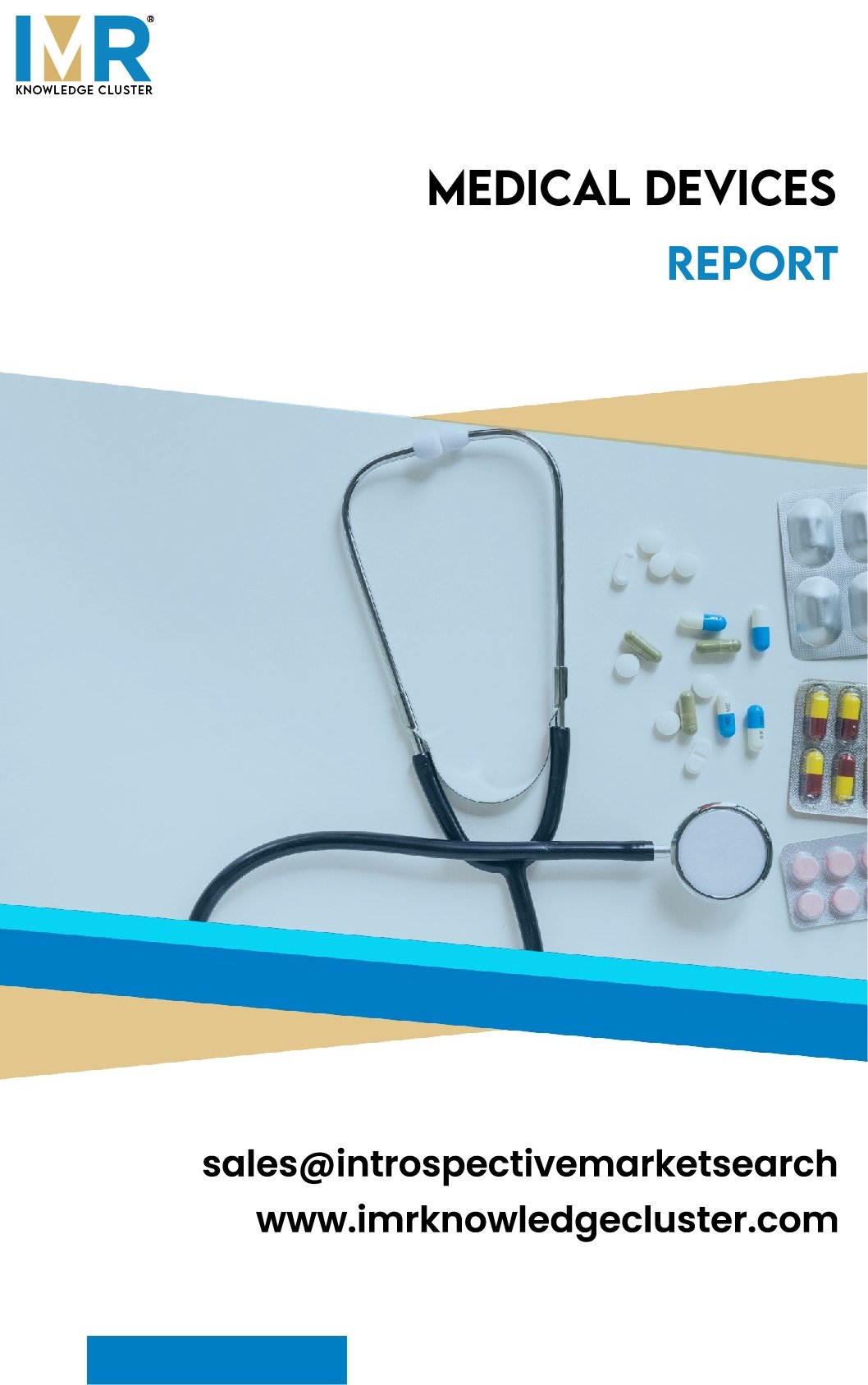The agricultural sector has witnessed significant advancements in equipment technology, fundamentally transforming farming practices and enhancing efficiency, productivity, and sustainability. Modern innovations encompass a wide range of tools and technologies, such as precision instruments, automation systems, drones, and sensors, coupled with sophisticated data analytics, artificial intelligence (AI), and robotics. These developments aim not only to improve operational efficiencies but also to reduce costs and minimize environmental impact.
In agricultural equipment is the integration of precision tools, which enable farmers to apply inputs—like seeds, fertilizers, and pesticides—more accurately and efficiently. This precision agriculture approach enhances resource management, ensuring that inputs are utilized only where necessary, thereby reducing waste and increasing yields. For instance, GPS-guided tractors have revolutionized the way fields are managed. These tractors, equipped with advanced navigation systems, allow for precise planting and cultivation, leading to optimized field coverage and decreased fuel consumption.
Drones have also become an indispensable tool in modern agriculture. Equipped with advanced imaging technology, these unmanned aerial vehicles (UAVs) facilitate aerial surveys of crops, helping farmers monitor field health, assess crop conditions, and identify areas requiring attention. The data collected from drones can be analyzed to make informed decisions about irrigation, pest control, and crop management, ultimately boosting productivity and resource efficiency.
The role of automation in agriculture cannot be overstated. Automated systems, including robotic harvesters and planters, streamline labor-intensive tasks, enhancing productivity and allowing farmers to allocate human resources more effectively. These innovations are particularly crucial in addressing labor shortages in the agricultural sector, as they enable farms to maintain productivity levels even with a reduced workforce.
The use of sensors plays a pivotal role in gathering real-time data on soil health, moisture levels, and weather conditions. This information is vital for making timely decisions regarding irrigation, fertilization, and pest management. Coupled with AI-driven data analytics, farmers can predict trends, optimize resource allocation, and enhance overall farm management practices.
The global agricultural machinery market reflects these trends, with significant growth observed in various regions. The market snapshot indicates a strong demand for agricultural equipment, driven by advancements in technology and an increasing focus on sustainable farming practices. In 2023, the share of agricultural machinery by type highlights the dominance of tractors, which remain a critical component of modern farming.
In Europe, agricultural machinery production has seen substantial growth from 2017 to 2023, with a significant share attributed to innovative product families that cater to specific agricultural needs. Countries like Germany, France, and Italy have established themselves as leading manufacturers of advanced agricultural machinery, contributing to a robust export market.
The import trends for agricultural machinery in various regions showcase a growing reliance on advanced technology from other countries. For instance, the import value of combine harvesters in Europe indicates a demand for sophisticated harvesting solutions that enhance operational efficiency, the innovations in agricultural equipment are reshaping the farming landscape, driving the adoption of modern technologies that enhance productivity and sustainability. As the industry continues to evolve, the integration of precision tools, automation, and data analytics will play a crucial role in addressing the challenges faced by farmers worldwide. With ongoing advancements, the future of agriculture looks promising, marked by improved efficiency, reduced costs, and a commitment to sustainable practices.
















